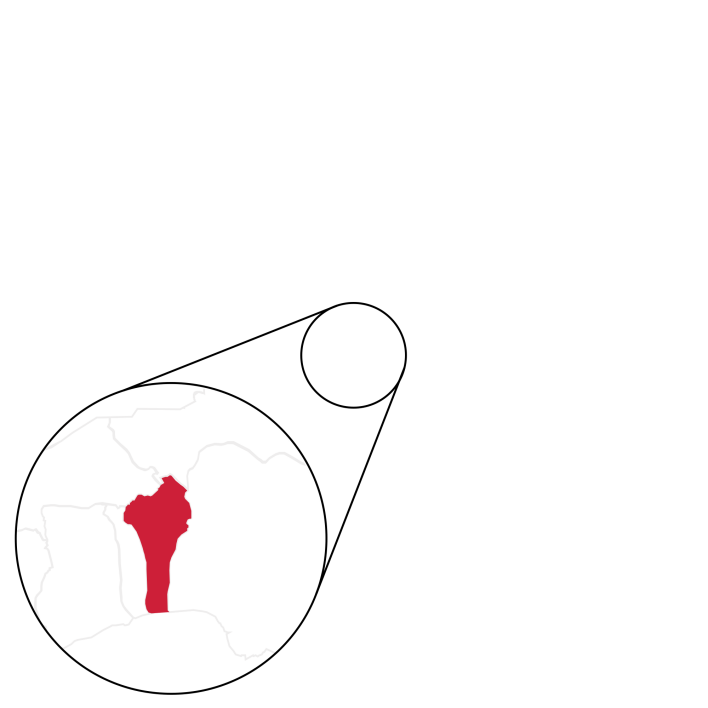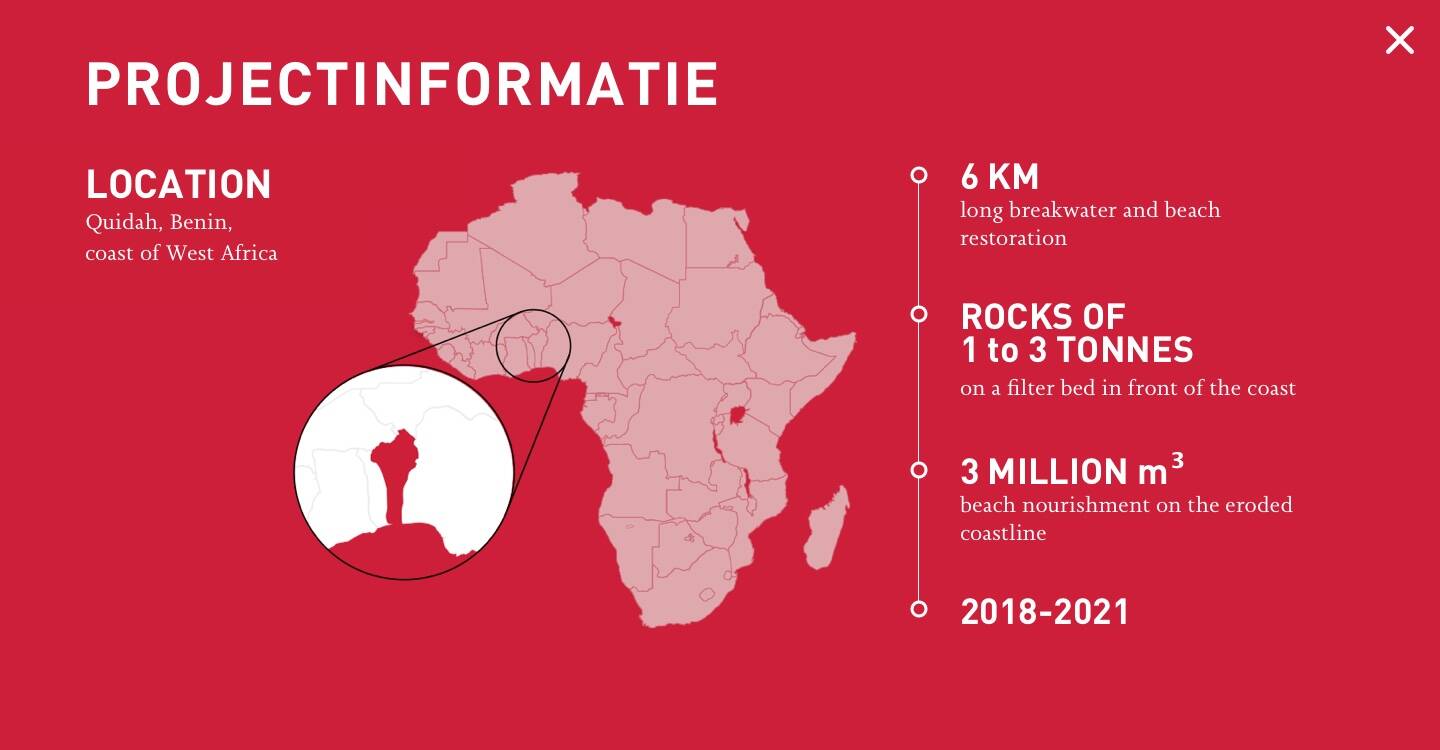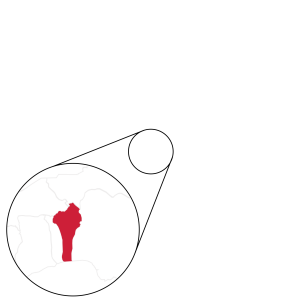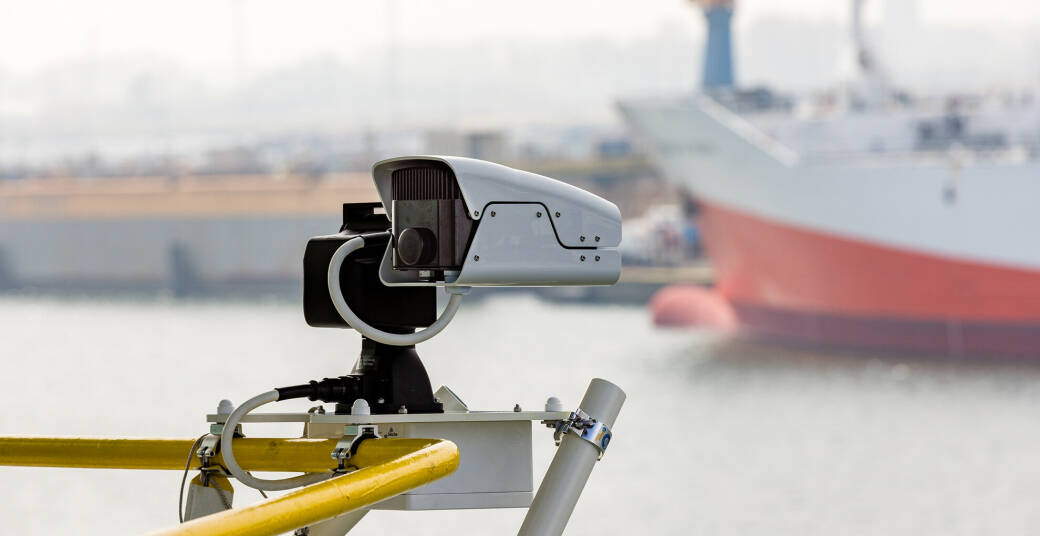
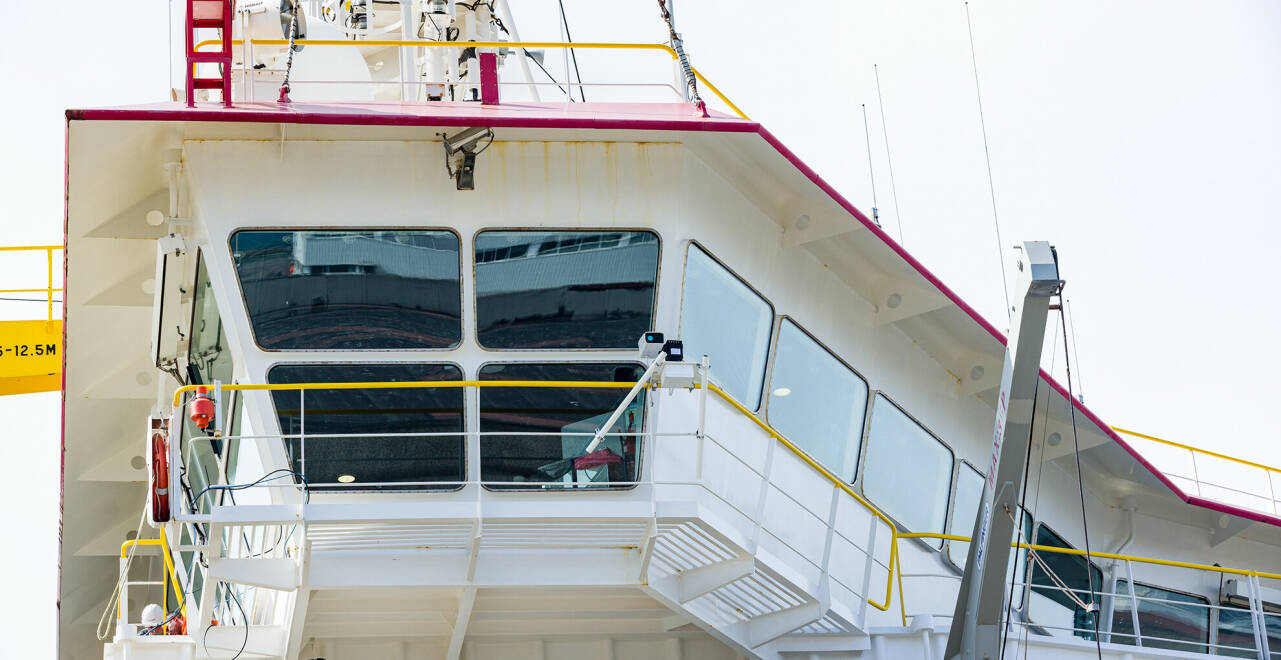

Simon Petit
Environmental Engineer
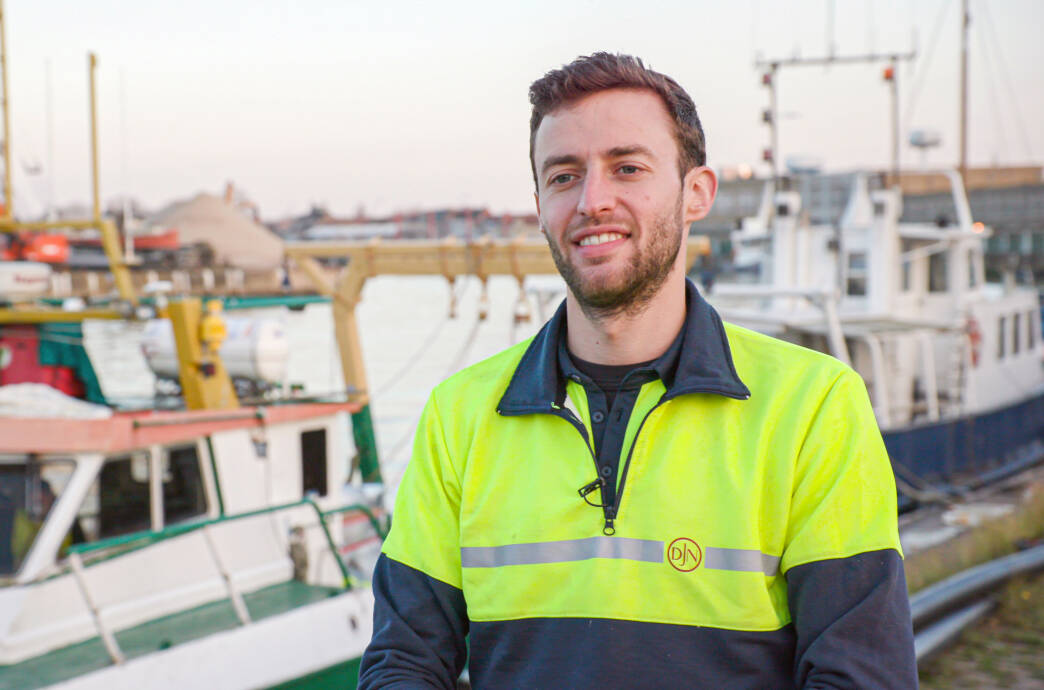
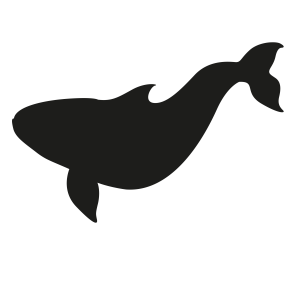
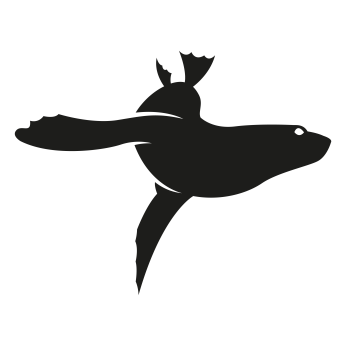
the harbour porpoise
the grey seal
the common seal
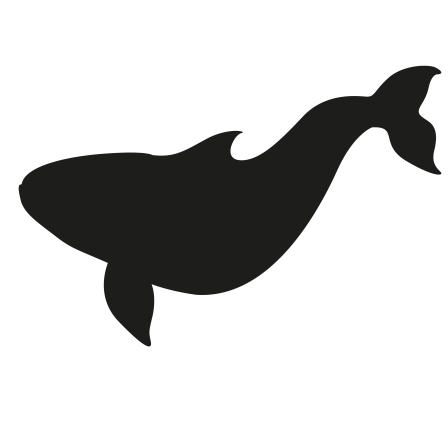
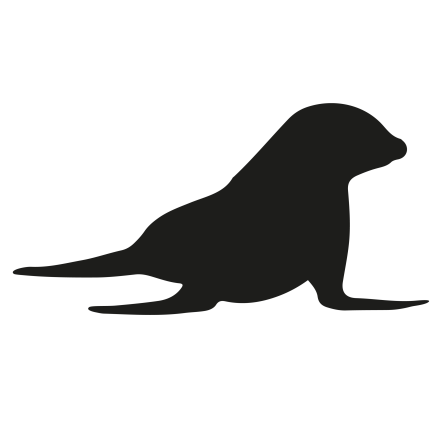
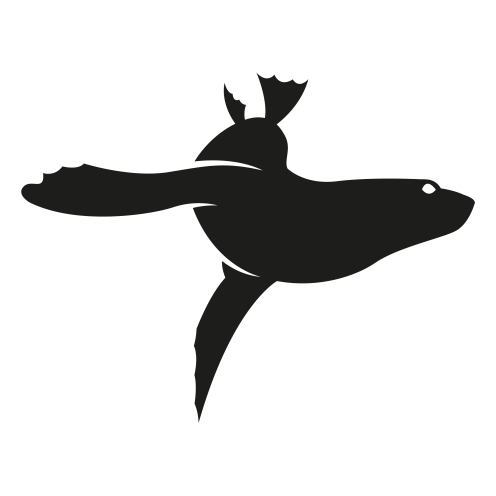
Besides these measures mentioned above, Jan De Nul keeps investing in training vessel crew and personnel to be aware of potential threats towards the environment and aims to keep awareness.
Ocean scientists are researching how we can protect marine wildlife, interfere with them as little as possible, and even help them to restore natural habitats. They develop various methods and approaches so offshore wind activity and marine life activity flourish side by side. Our Marine Engineering Department teams up with private and public organisations to find the ideal balance between our growing need for renewable energy and the vital preservation of our vulnerable marine environment. Together, they determine which protective technologies they can use for each project.
Nature inclusive scour protection
To protect monopiles from sand erosion, we place rock material on the seabed around the monopile: scour protection. Lately, the view on this rock material has undergone a complete evolution. In addition to providing protection for offshore constructions, they can also act as artificial reefs. Via an optimised design of scour protection, species as the Atlantic cod (Gadus morhua) and European flat oyster (Ostrea edulis) can benefit from the provided shelter and the suitable material to settle on. In this way, the populations of these species may increase again. This will have a positive impact on the overall native biodiversity in offshore windfarms.
Bubble curtain
A 'bubble curtain' is a pneumatic hose with holes of approximately 20 cm that is placed onto the seabed around a monopile. By blowing air into the hose, large volumes of bubbles appear and rise to the surface, which breaks and further reduces sound waves caused by piling for the installation of an offshore windfarm.
Passive accoustic monitoring, PAM
Marine mammals make low and high frequency sounds, like moaning or echolocation. With a hydrophone, an underwater device that detects and records ocean sounds from all directions, we detect mammals in the neighbourhood of our projects.
Marine Mammal observation, MMO
As the name suggests, this technique is about observation. People in survey boats or on board of the working vessel scan the area around a project looking for marine mammals. When they spot an animal, they inform the captain on board. Together, they assess the situation and determine their further course of action, based on fixed guidelines. This means, for example, in extreme circumstances, temporarily halting the project or pausing and waiting for the animal to swim away on its own. A project to automate this is currently underway: Automated sea mammal spotting.
At the Hollandse Kust Noord and West Alpha project in the Netherlands, we are testing the automation of mammal observation. A project that saw the light of day thanks to our JDN Innovation Challenge 2020, a yearly challenge where colleagues from all departments are invited to work on their favourite innovation topic to find new engineering solutions. Together with Seiche, we are currently evaluating cameras on board of the Adhémar de Saint- Venant. These cameras will replace the survey vessels with the mammal observers.
Today, these observers work around the clock. With binoculars, they are on the lookout for marine mammals. A dangerous, expensive and non-ecological job. By replacing these people with cameras, we proceed on our road to zero accidents and we will reduce our CO2 emissions remarkably.
The cameras are automated second-generation HD thermal systems, installed on the bridge. They are designed to detect sea mammals in the vicinity of a maritime project. With infrared imaging they detect movement, and with thermal images they can spot the warmth of an animal in the neighbourhood. When the camera spots a marine mammal, a signal will be sent to the bridge, so the captain can evaluate the situation.
During this test phase, Seiche is focusing on the development of the software based on artificial intelligence and the stability of the cameras. This is crucial for determining the distance from the ship to the animal.
Mammals we might spot at Hollandse Kust noord and west Alpha project in the Netherlands
Innovative mitigation of underwater piling sound
We continue to innovate. During the last JDN Innovation Challenge, the participants worked out an alternative for the bubble curtain. The bubble curtain is a widely used sound mitigation measure, but the installation is done by a dedicated DP2 vessel, meaning it is weather dependent and comes with significant CO2 emissions.
The innovative technology for noise mitigation does not produce any air emissions because it is based on Active Noise Cancellation, which is also used in headphones. Currently the feasibility of the concept is being studied via numerical modelling.
Automated mammal observation
The JDN Innovation Challenge provides pioneering solutions
How we protect marine wildlife





Side by side
Along coastlines, the wind blows strong and steady. Perfect for offshore wind farms, a much-needed green energy supplier for a climate-neutral future. But, using the wind to blow back emissions is not without its own impacts as those coastlines are also home to marine wildlife. Needless to say, the energy transition cannot be at the expense of the vulnerable ocean life, so we found a way for both to co-exist.
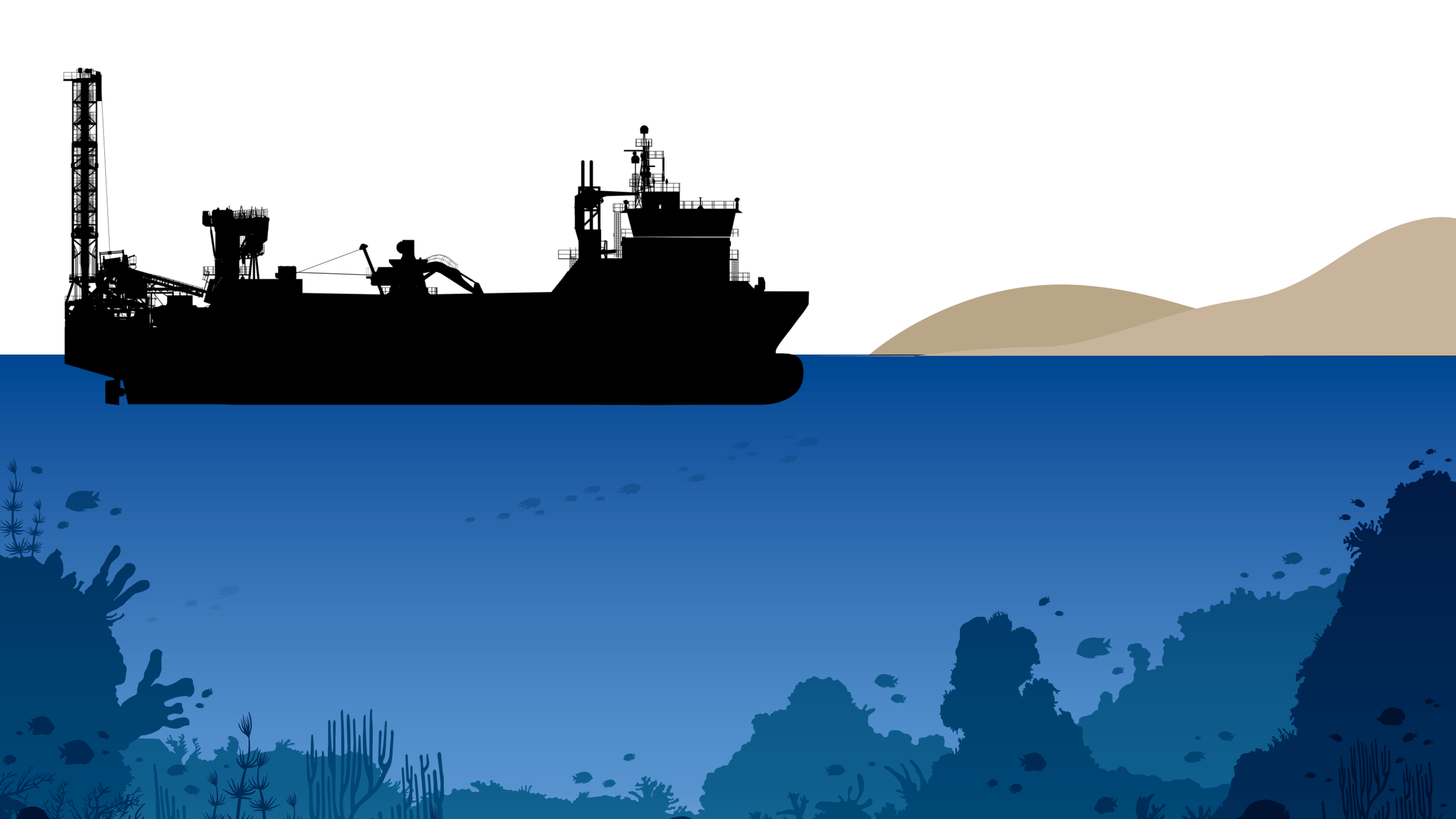
Simon Petit
Environmental Engineer
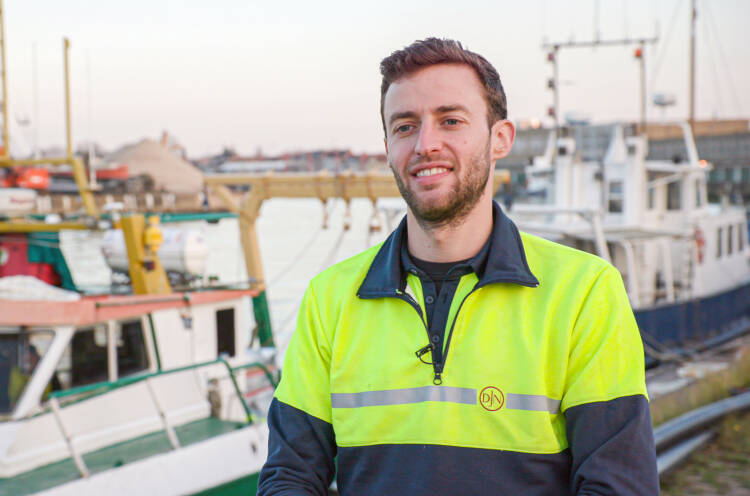
We continue to innovate. During the last JDN Innovation Challenge, the participants worked out an alternative for the bubble curtain. The bubble curtain is a widely used sound mitigation measure, but the installation is done by a dedicated DP2 vessel, meaning it is weather dependent and comes with significant CO2 emissions.
The innovative technology for noise mitigation does not produce any air emissions because it is based on Active Noise Cancellation, which is also used in headphones. Currently the feasibility of the concept is being studied via numerical modelling.
Innovative mitigation of underwater piling sound
the harbour porpoise
the grey seal
the common seal

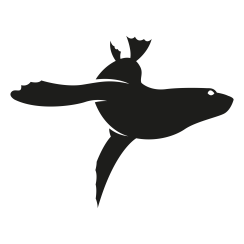
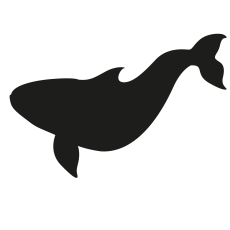
Mammals we might spot at Hollandse Kust noord and west Alpha project in the Netherlands
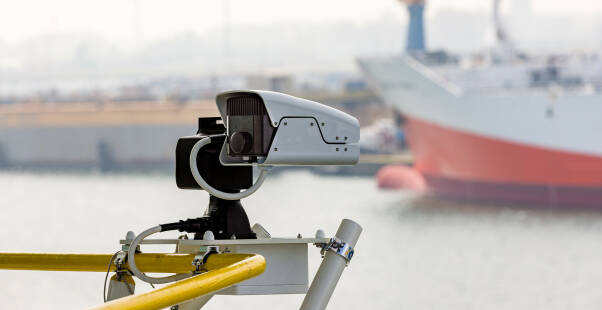
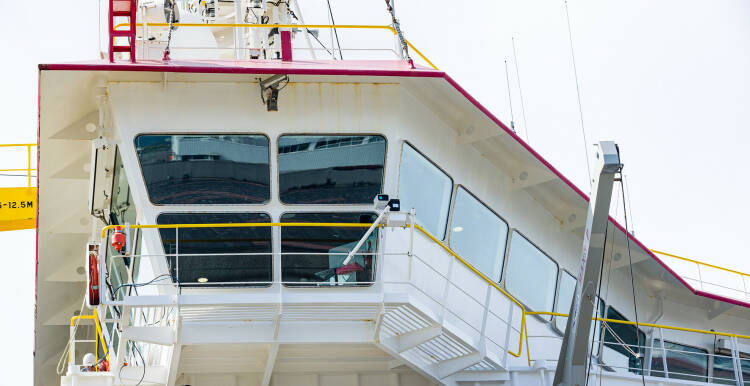
At the Hollandse Kust Noord and West Alpha project in the Netherlands, we are testing the automation of mammal observation. A project that saw the light of day thanks to our JDN Innovation Challenge 2020, a yearly challenge where colleagues from all departments are invited to work on their favourite innovation topic to find new engineering solutions. Together with Seiche, we are currently evaluating cameras on board of the Adhémar de Saint- Venant. These cameras will replace the survey vessels with the mammal observers.
Today, these observers work around the clock. With binoculars, they are on the lookout for marine mammals. A dangerous, expensive and non-ecological job. By replacing these people with cameras, we proceed on our road to zero accidents and we will reduce our CO2 emissions remarkably.
The cameras are automated second-generation HD thermal systems, installed on the bridge. They are designed to detect sea mammals in the vicinity of a maritime project. With infrared imaging they detect movement, and with thermal images they can spot the warmth of an animal in the neighbourhood. When the camera spots a marine mammal, a signal will be sent to the bridge, so the captain can evaluate the situation.
During this test phase, Seiche is focusing on the development of the software based on artificial intelligence and the stability of the cameras. This is crucial for determining the distance from the ship to the animal.

Automated mammal observation
The JDN Innovation Challenge provides pioneering solutions
Besides these measures mentioned above, Jan De Nul keeps investing in training vessel crew and personnel to be aware of potential threats towards the environment and aims to keep awareness.
Nature inclusive scour protection
To protect monopiles from sand erosion, we place rock material on the seabed around the monopile: scour protection. Lately, the view on this rock material has undergone a complete evolution. In addition to providing protection for offshore constructions, they can also act as artificial reefs. Via an optimised design of scour protection, species as the Atlantic cod (Gadus morhua) and European flat oyster (Ostrea edulis) can benefit from the provided shelter and the suitable material to settle on. In this way, the populations of these species may increase again. This will have a positive impact on the overall native biodiversity in offshore windfarms.
Bubble curtain
A 'bubble curtain' is a pneumatic hose with holes of approximately 20 cm that is placed onto the seabed around a monopile. By blowing air into the hose, large volumes of bubbles appear and rise to the surface, which breaks and further reduces sound waves caused by piling for the installation of an offshore windfarm.
Passive accoustic monitoring, PAM
Marine mammals make low and high frequency sounds, like moaning or echolocation. With a hydrophone, an underwater device that detects and records ocean sounds from all directions, we detect mammals in the neighbourhood of our projects.
Marine Mammal observation, MMO
As the name suggests, this technique is about observation. People in survey boats or on board of the working vessel scan the area around a project looking for marine mammals. When they spot an animal, they inform the captain on board. Together, they assess the situation and determine their further course of action, based on fixed guidelines. This means, for example, in extreme circumstances, temporarily halting the project or pausing and waiting for the animal to swim away on its own. A project to automate this is currently underway: Automated sea mammal spotting.





How we protect marine wildlife
Ocean scientists are researching how we can protect marine wildlife, interfere with them as little as possible, and even help them to restore natural habitats. They develop various methods and approaches so offshore wind activity and marine life activity flourish side by side. Our Marine Engineering Department teams up with private and public organisations to find the ideal balance between our growing need for renewable energy and the vital preservation of our vulnerable marine environment. Together, they determine which protective technologies they can use for each project.
Side by side
Along coastlines, the wind blows strong and steady. Perfect for offshore wind farms, a much-needed green energy supplier for a climate-neutral future. But, using the wind to blow back emissions is not without its own impacts as those coastlines are also home to marine wildlife. Needless to say, the energy transition cannot be at the expense of the vulnerable ocean life, so we found a way for both to co-exist.






